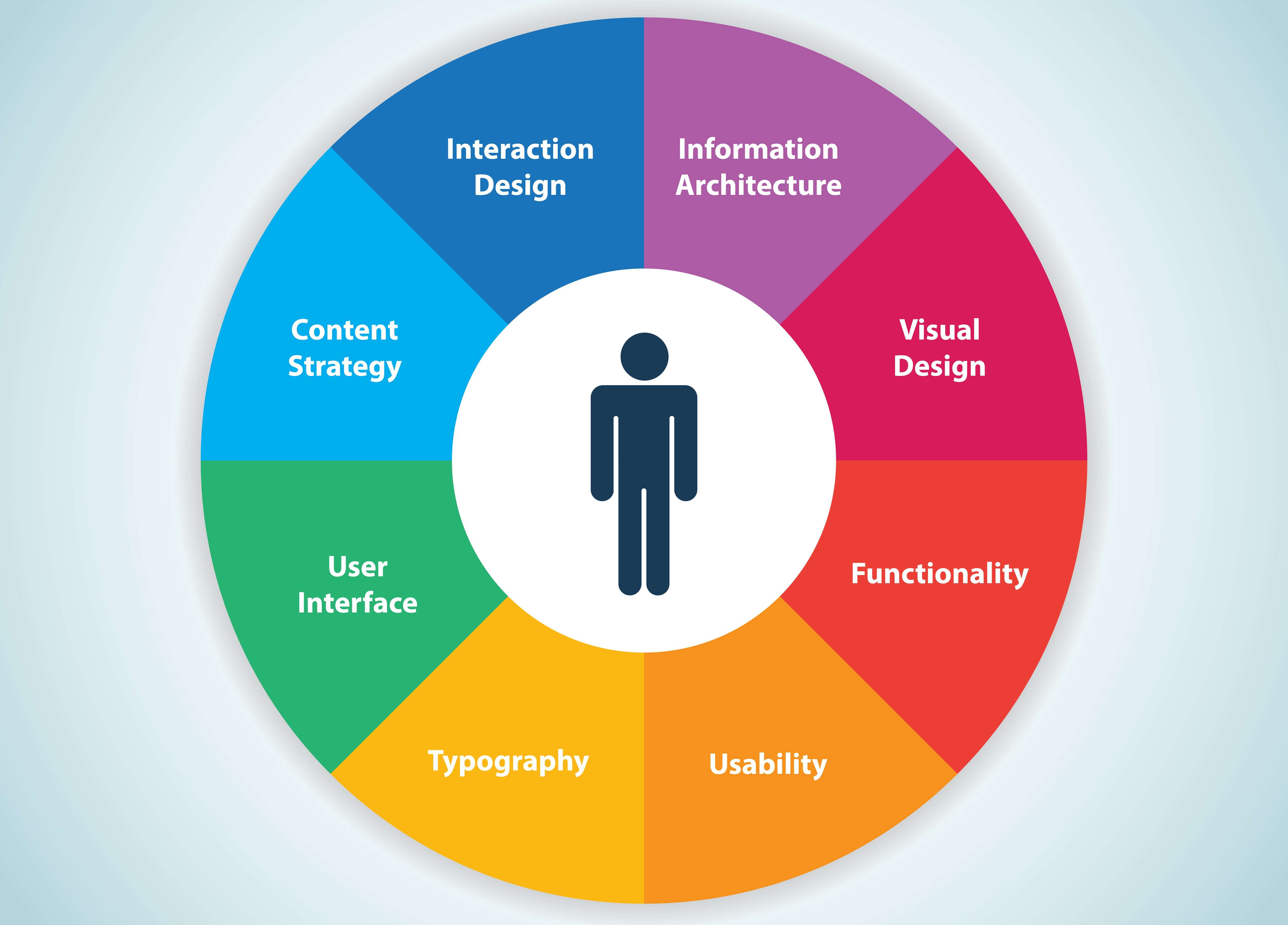
Design Innovations Transform User ExperiencesDesign Innovations Transform User Experiences In the rapidly evolving digital landscape, user experience (UX) has emerged as a crucial factor shaping successful products and services. Design innovations play a pivotal role in elevating UX, transforming how users interact with technology and enabling seamless, intuitive experiences. 1. Responsive and Adaptive Design: Designers leverage responsive and adaptive principles to create interfaces that adjust effortlessly across multiple devices and screen sizes. This ensures that users enjoy a consistent and optimal experience regardless of their access point. 2. Human-Centered Design: Design innovations emphasize understanding and addressing human needs. Through ethnographic research, user testing, and iterative design processes, designers create interfaces that align with users’ mental models, cognitive abilities, and emotional responses. 3. Intuitive Navigation: Clear and intuitive navigation systems guide users through complex interfaces effortlessly. Design elements such as logical menus, breadcrumbs, and visual cues help users find the information they need quickly and easily. 4. Personalization and Customization: Design innovations allow users to personalize their experiences. User-generated templates, preferences, and data-driven recommendations empower users to create tailored interfaces that cater to their specific needs and interests. 5. Voice User Interfaces (VUIs): VUIs enable users to interact with devices and services using natural language. This innovation removes the barrier of traditional text-based interfaces and enhances accessibility for a wide range of users. 6. Augmented Reality (AR) and Virtual Reality (VR): AR and VR technologies offer immersive experiences that enhance user engagement and understanding. By superimposing digital content over the real world or creating virtual environments, designers can provide users with novel and interactive ways to explore products, services, and environments. 7. Predictive Analytics: Design innovations leverage predictive analytics to anticipate user needs and provide proactive assistance. Machine learning algorithms analyze user data to identify patterns and offer tailored recommendations, such as personalized content, support suggestions, or purchase suggestions. 8. Accessibility Features: Design innovations prioritize accessibility, ensuring that interfaces are usable by individuals with diverse abilities. Features such as screen readers, adjustable font sizes, and keyboard shortcuts enable users with disabilities to access and interact with technology effectively. In conclusion, design innovations are transforming user experiences by enhancing accessibility, intuitiveness, personalization, and immersion. As technology continues to advance, we can expect even more groundbreaking innovations that will elevate the user experience to unprecedented heights. By embracing these innovations, businesses can create products and services that foster loyalty, drive engagement, and ultimately achieve greater success.
Posted inNews